7 Common Issues and Irrigation Pump Troubleshooting
Irrigation pumps are an important part of keeping your plants healthy and producing optimally. However, they can sometimes experience common issues that can cause them to stop working. Irrigation pump troubleshooting can be a daunting task, but with a little knowledge and some basic tools, you can have your pump up and running in no time. In this article, we’ll look at seven common issues with irrigation pumps and how to troubleshoot them.
An irrigation pump is a machine used to move water from one place to another. Irrigation pumps are commonly used in agriculture to water crops and keep plants healthy and growing. Irrigation pumps are an important part of keeping your plants healthy and productive. By moving water from one place to another, irrigation pumps help to ensure that crops and plants receive the hydration they need to survive and thrive.
However, these machines can sometimes experience common issues that cause irrigation pump stop working properly. Troubleshooting an irrigation pump is often a complex and time-consuming task, but it is important in order to keep your plants healthy and productive.
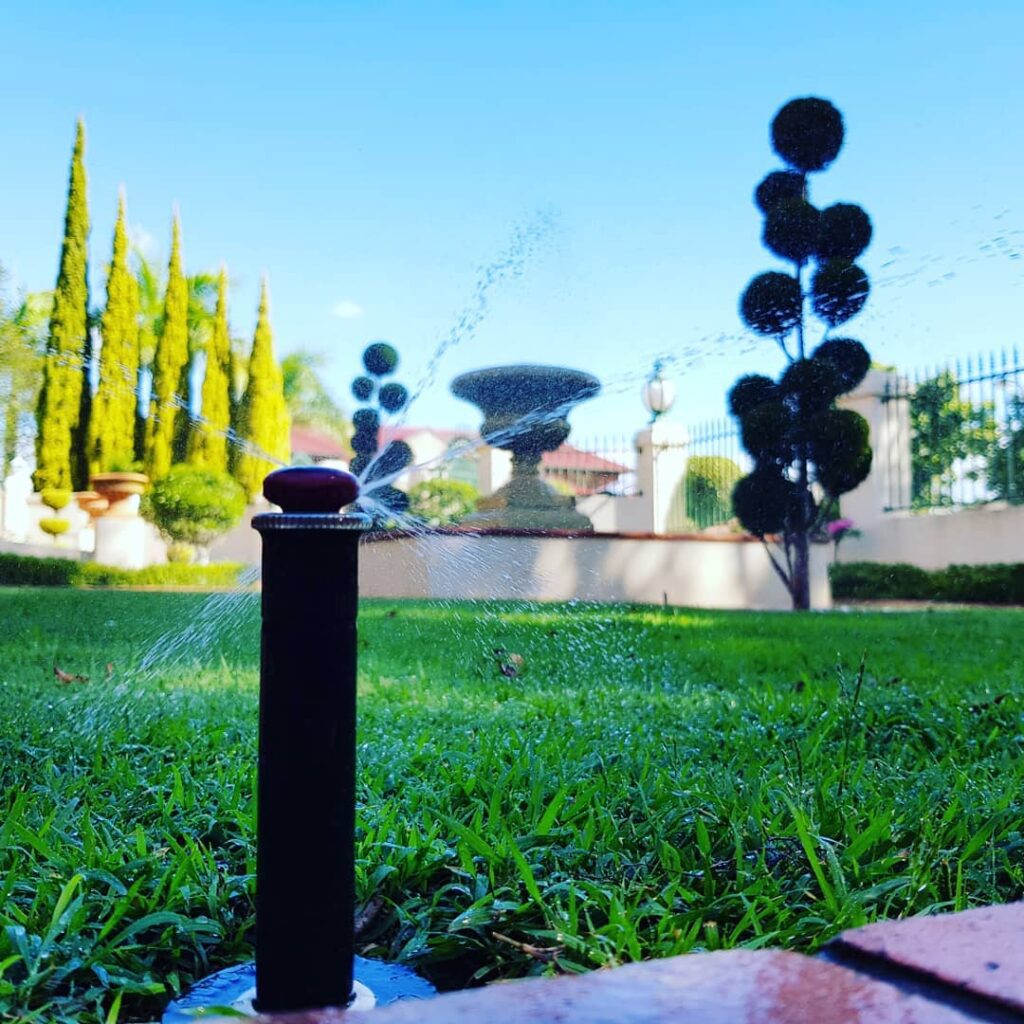
Irrigation System Upgrade
Here are 7 common issues with irrigation pumps and how to troubleshoot them:
1) Low water pressure
Low water pressure is often caused by the pump running out of water, which means it has to work harder and use more energy to move water. If the water level in your pump is low, you can simply add more water to it. You should also check the intake filter to make sure it is clean and not restricting the flow of water.
2) Clogged filters or spray nozzles
Clogged filters or spray nozzles can restrict the flow of water and cause low water pressure. To fix this issue, you will need to clean or replace the filter, as well as check and clean spray nozzles to ensure that they are not clogged and causing a blockage.
3) Broken impeller
The impeller is the part of an irrigation pump that spins and moves water through the system. If it breaks, the pump may stop working properly and cause low water pressure. To fix this issue, you will need to replace the broken impeller.
4) Faulty electrical connections
Faulty electrical connections can cause the pump to malfunction and experience low water pressure. To fix this issue, you will need to check the electrical connections and make sure they are secure and free of corrosion.
5) Leaking pump
A leaking irrigation pump can cause water to escape, which can lead to low water pressure. If you notice that your pump is leaking, you will need to first determine the source of the leak and then repair it.
6) Worn-out seals
Worn-out seals can cause the pump to leak and experience low water pressure. If you notice that your pump is leaking, you will need to replace the worn-out seals.
7) Air in the system
Air in the system can cause an irrigation pump to experience low water pressure. This can happen when air is drawn into the system from outside, or when water evaporates from the system, leaving behind air. To fix this issue, you will need to bleed the air out of the system.
Troubleshooting an irrigation pump can be a complex and time-consuming task, but it is important in order to keep your plants healthy and productive. By following the troubleshooting tips in this article, you can fix common issues with your irrigation pump and keep your plants healthy and hydrated.
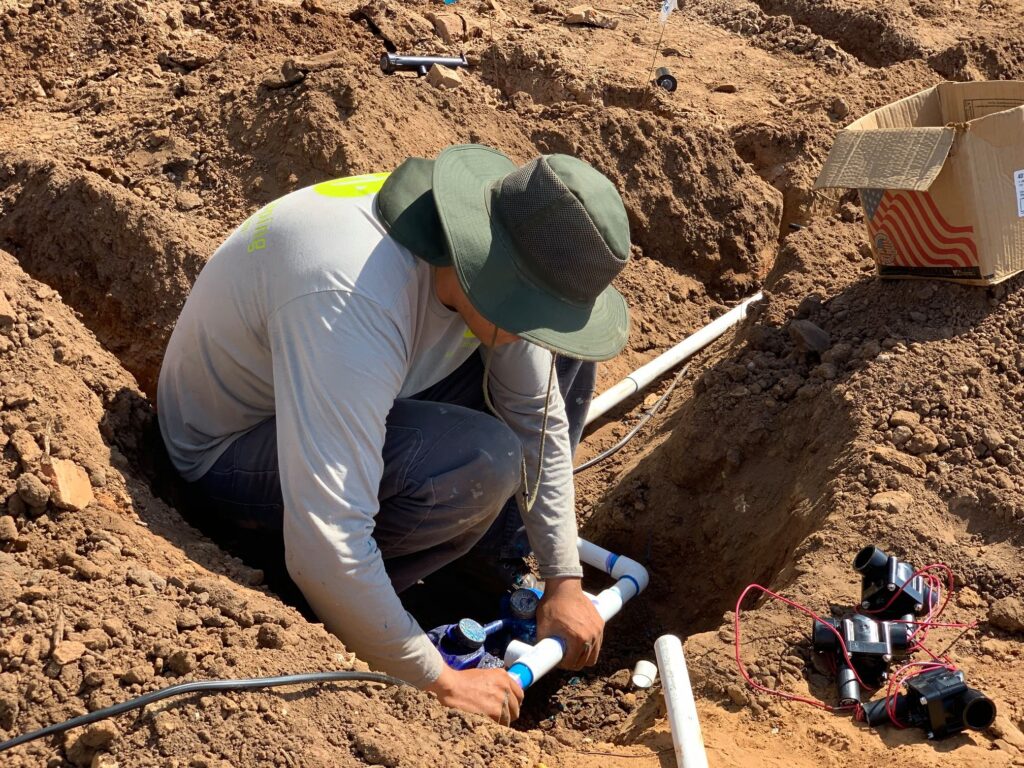
Residential Irrigation Repair
https://www.google.com/maps?cid=13989235156141656324
1046 Axlewood Cir, Brandon, FL 33511
(813) 317-4200
https://secondirrigation.com/


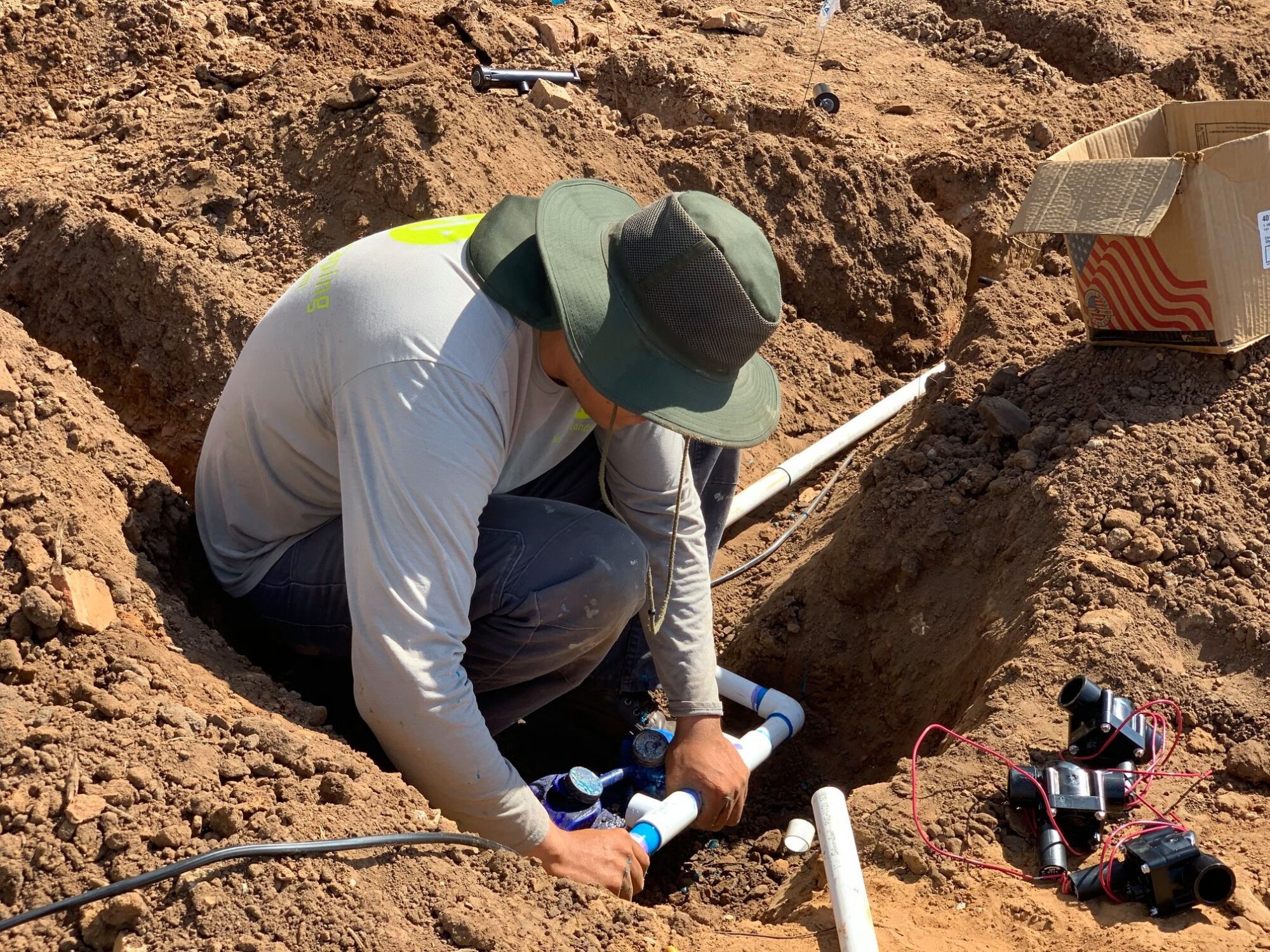
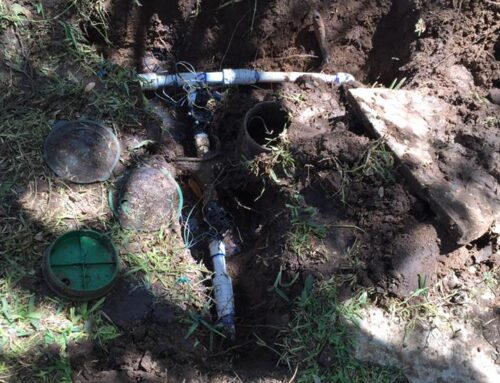
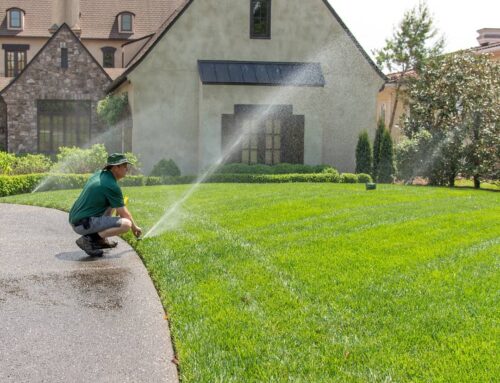
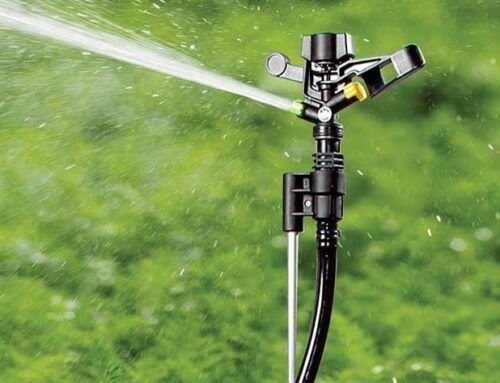
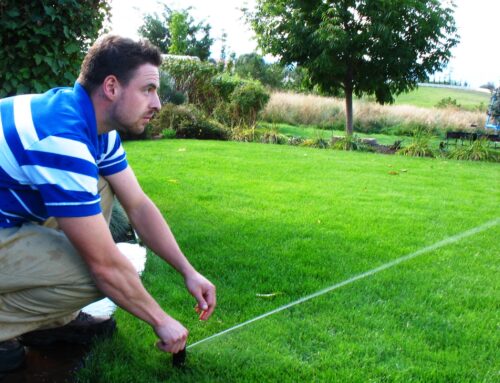
Leave A Comment